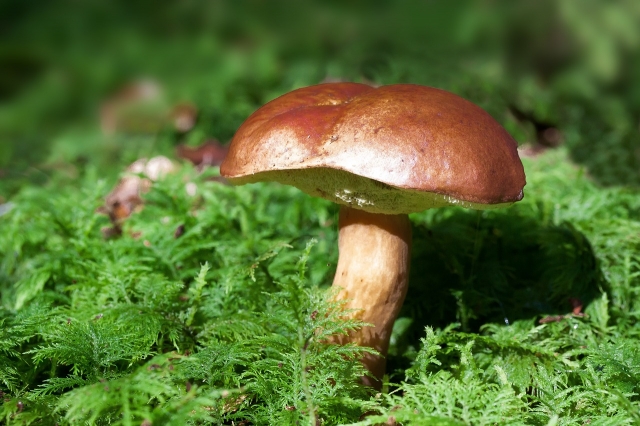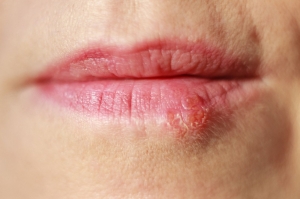In recent years, the mental health field has experienced a paradigm shift with the emergence of psychedelic therapies. Among the key players in this transformation are mushroom spores, the microscopic beginnings of life for the psilocybin-producing fungi. These tiny spores are laying the groundwork for revolutionary advancements in mental health treatments, promising new hope for conditions that have long defied conventional approaches.
What Are Mushroom Spores?
Mushroom spores are the reproductive units of fungi, comparable to seeds in plants. These microscopic particles contain the genetic material necessary to produce a new fungal organism under suitable conditions. Spores are produced by the gills or pores of mature mushrooms and are released into the environment to propagate the species.
In the case of psilocybin-producing mushrooms, spores are the initial stage of the lifecycle that ultimately leads to the formation of fruiting bodies—the part of the mushroom that contains the psilocybin compound. While spores themselves do not contain psilocybin, they are indispensable for cultivating mushrooms that do, making them a cornerstone of psychedelic research and therapy.
From Spore to Psilocybin: The Lifecycle of Healing
The journey of a mushroom spore begins in the environment, where it seeks out a hospitable substrate—such as soil, decaying plant matter, or wood—to germinate. Under the right conditions, the spores produce hyphae, which are thread-like structures that grow and combine to form mycelium. The mycelium network is the vegetative stage of the mushroom and serves as the foundation for growth.
Given optimal conditions, the mycelium gives rise to fruiting bodies, the mushrooms themselves. These mushrooms produce psilocybin, a compound known for its profound effects on perception, cognition, and emotion. It is this compound that forms the basis for psychedelic therapies, which are now being explored as treatments for a variety of mental health conditions, including depression, anxiety, and post-traumatic stress disorder (PTSD).
The Role of Mushroom Spores in Research and Cultivation
Mushroom spores are not just a starting point for fungal growth; they also play a critical role in advancing the field of psychedelic research. Scientists and cultivators use spores to study genetic variations, optimize cultivation techniques, and ensure a consistent supply of psilocybin mushrooms for therapeutic applications.
By analyzing the genetic makeup of spores, researchers can identify strains of mushrooms that produce higher levels of psilocybin or exhibit unique properties. This genetic knowledge is instrumental in refining therapeutic practices and tailoring treatments to individual needs. Additionally, controlled cultivation from spores allows for standardization, which is crucial for clinical trials and eventual therapeutic use.
Psilocybin's Mechanisms in Mental Health Treatment
Psilocybin, the compound derived from mushrooms cultivated through spores, exerts its effects by interacting with serotonin receptors in the brain, particularly the 5-HT2A receptor. This interaction results in changes in neural connectivity, allowing the brain to temporarily operate in a more flexible and interconnected manner. These effects can facilitate profound shifts in thought patterns, emotional processing, and self-perception.
One of psilocybin's most significant contributions to mental health therapy is its ability to disrupt negative cognitive loops. Many mental health conditions, such as depression and anxiety, are characterized by repetitive, self-critical thought patterns that are difficult to break. Psilocybin helps individuals step outside these loops, fostering a sense of clarity and openness to new perspectives.
The Ethical and Legal Landscape of Mushroom Spore Use
Despite their transformative potential, the use of mushroom spores and psilocybin remains subject to ethical and legal considerations. In many regions, psilocybin mushrooms are classified as controlled substances, limiting their cultivation and use. However, mushroom spores themselves are often legal to possess in certain areas because they do not contain psilocybin.
This legal distinction allows researchers and cultivators to explore the potential of mushroom spores while adhering to regulatory guidelines. As public perception shifts and the benefits of psilocybin therapy gain recognition, regulatory frameworks are beginning to evolve. Decriminalization efforts and the establishment of clinical trial pathways are paving the way for broader acceptance of these therapies.
The Potential Impact of Mushroom Spores on Mental Health Care
The implications of mushroom spores for mental health care are vast. By enabling the cultivation of psilocybin mushrooms, spores serve as the foundation for therapies that address conditions often resistant to conventional treatments. This could revolutionize how mental health care is delivered, shifting the focus from symptom management to transformative healing experiences.
Additionally, the study of mushroom spores and their genetic diversity could lead to the development of customized therapies. By identifying specific strains or cultivation methods that produce optimal therapeutic outcomes, researchers can create targeted treatments for a range of mental health conditions.
Cultivating a Future of Healing
The journey from microscopic spore to transformative therapy illustrates the potential of nature's smallest components to drive significant change. Mushroom spores, though simple in appearance, are the linchpins of a burgeoning field that promises to redefine mental health care. By enabling the cultivation of psilocybin-producing mushrooms and advancing scientific understanding, these tiny particles are helping to unlock a new frontier in therapeutic innovation.
As research progresses and societal attitudes continue to shift, the role of mushroom spores in mental health care will only grow in importance. By bridging the gap between traditional knowledge and modern science, mushroom spores are poised to transform how we understand and address mental wellness. Their potential to catalyze healing and inspire new approaches to therapy marks a profound step forward in the quest to alleviate human suffering and promote mental health for all.






